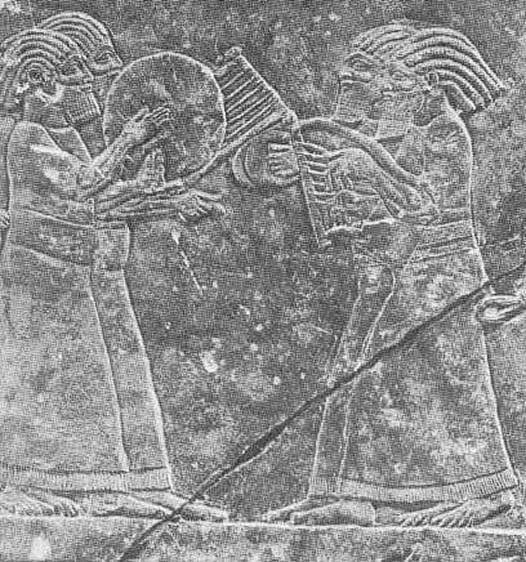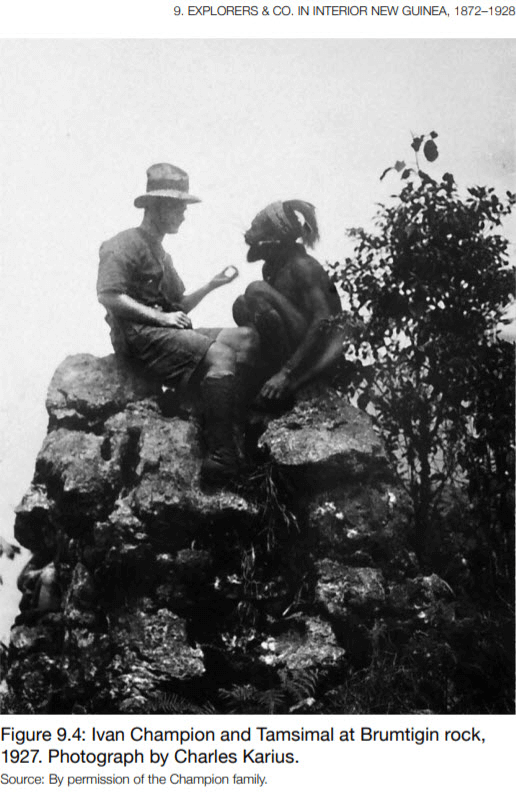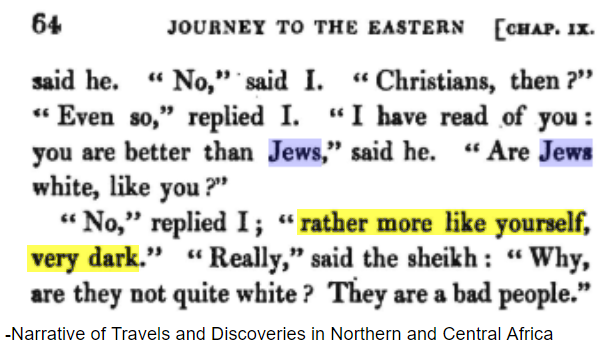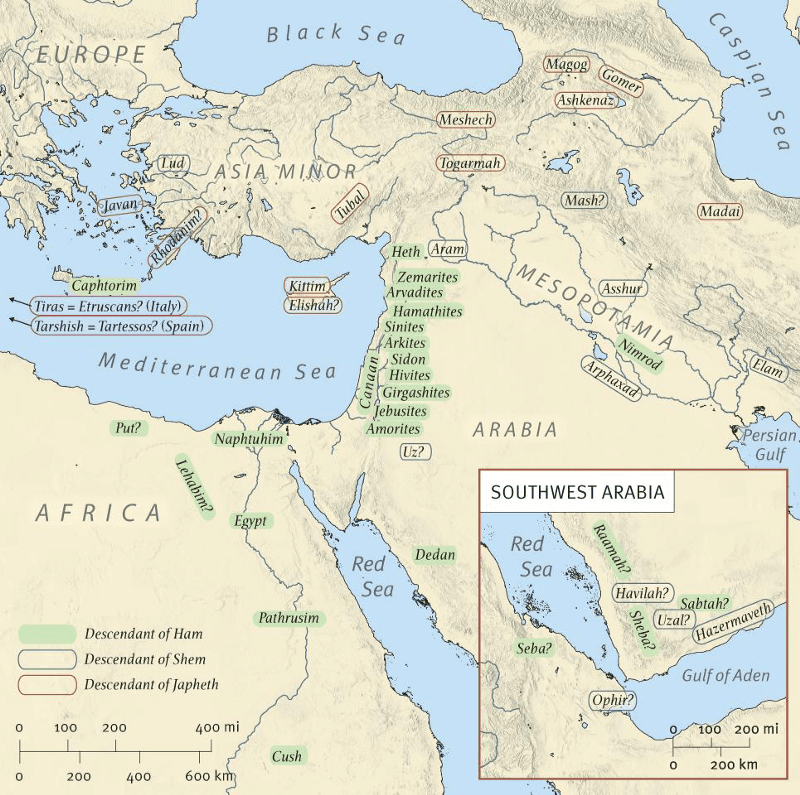As I’ve taken about a year and a half or so studying and researching on Hebrew anthropology (see my Scattered Hebrew series), some noticeable patterns occurred that I could not ignore. I would run into journals of explorers that had run into civilizations throughout the world and were associated to having “Jewish features.” As I read through some of these descriptions, they differed vastly from what I had been taught in Eurocentric christianity, what is shown on TV of what Jews look like and what they looked like in the past. Here’s some examples of the journals I found and what they had to say about this term “Jewish features.”
This first journal entry was written in the 1600s about North American Natives and the description of them among other notes:
So here we learn that the author William Penn (author of the original letter) had a certain understanding of what Jews looked like in which they consisted of having very dark eyes. It is also worth mentioning that he came to the conclusion that these Natives must have been of the lost ten tribes (of the House of Israel).
This next journal entry is an explorer describing complexions and ethnicity of inhabitants of West Africa in Gabon:

Here, he uses the term “Jewish type” and even says the profile is “strikingly Jewish” and continues to give description of the complexion being of pale brown or reddish brown and physical attributes of the head, body type and texture of hair.
This next journal entry is from an author who was exploring in New Guinea and came across indigenous peoples within the interior of the Island:
So here again, we have an author speaking of “Jewish features” in New Guinea! Already, we’ve looked at examples of a conventional understanding of what Jews looked like by appearance from North America, West Africa and now in New Guinea. It appears that there was a widely accepted understanding of what Jews looked like. In this case, it’s difficult to understand what exactly this means within the statement. Here is a drawing of the interaction of when they met one another within the same book:
This depiction gives us some insight into what the “Chief” of Bolivip looked like, fortunately there is also a picture of both Ivan Champion with Chief Tamsimal who had “Jewish features.”
Here is another journal entry talking about “Jewish features” associated to indigenous Tonganese.

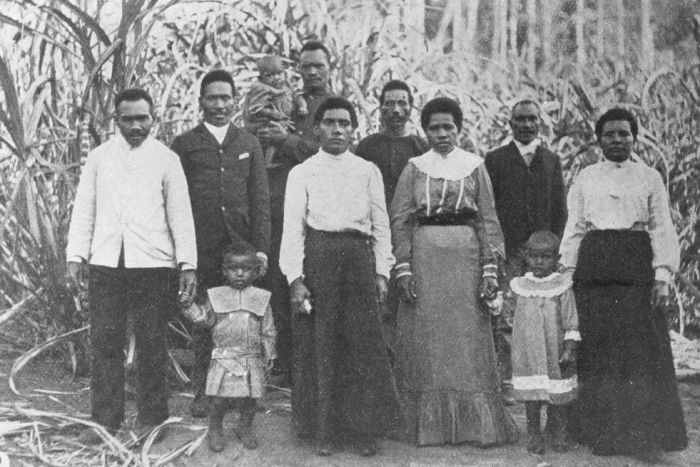
This last author simply notes that they are “very dark” in complexion as he notes while speaking to a Sheikh:
Again the author here is aware of a conventional understanding of the features/complexion of Jews that completely differs from the modern day status quo of how Jews would be described but why and when did this change manifest?
Although all these journals were written by different authors throughout various places in the world and analyzing different civilizations. It must not be overlooked that even though each of these author’s interpretations gave different insight into what Jews looked like physically; none of these descriptions conflicted with one another. All of them were consistent in the conventional understanding at that time of what Jews looked like: very dark eyes, dark variations of skin in complexion and woolly/kinky hair, nearly as woolly as indigenous Africans. All these attributes are typically associated with Black and/or Negro peoples (if you find this statement confusing, please read my article on the House of Judah. Not all dark skinned, woolly haired peoples in Africa are/were Hamitic). This is also consistent with all the many interactions throughout the Bible between Hebrews (Shemitic, descendants of Shem) and Hamitic (African, descendants of Ham) peoples. All indigenous Africans came through the lineage of Ham but the Hebrew Israelites (Jews) came through the lineage of Shem, Ham’s brother. Their similarity in appearance tells us that both Ham and Shem (and Japheth initially) were of Negroid descent which is why the Hebrews (Jews by lineage) were and still are often mistaken for Africans (Hamitic peoples). Here are some interactions between the Hebrew Israelites (descendants of Shem) and Africans (descendants of Ham) according to their writings in the bible.
Sons of Ham became well established Hamitic (Black African) Kingdoms: Ethiopia (Cush), Misraim (Egypt), Phut (Libya), Canaan (conquered by Israel)
Genesis 10:6
Egypt is literally referred to as the Land of Ham.
Psalm 105:27
Joseph enters Egypt, eventually he marries an Egyptian and his sons Ephraim and Manasseh are half Egyptian through their mother. These two sons were the founders of their Hebrew Israelite tribes.
Genesis 46:20
Joseph becomes Egyptian royalty, eventually his brothers come to Egypt and are with him for days because the Hebrews are starving, they don't recognize their Hebrew brother Joseph among the dark skinned Egyptians even after being around him for days.
Genesis 42
Jacob passes away; the Hebrews take his body back to Canaan to bury him. The Canaanites thought the entire Hebrew family were Egyptians. They even called the place they buried Jacob the "mourning of Egypt."
Genesis 50:7–11
Moses flees Egypt into Midian after becoming a cop killer (slayed an Egyptian Officer), 7 Midianite daughters all mistaken Moses for an Egyptian.
Exodus 2:16–19
After conquering Canaan, Israel takes the land but also mixes with some of the Canaanites left there by taking their daughters for wives. All the tribes of which they mixed with were Hamitic (African).
Judges 3:1–5
Moses married an Ethiopian woman.
Numbers 12
Uriah, Bathsheba's husband before David had him killed was a Hittite of the Canaanites (African). Clearly, there were Africans in the Israelite Army.
2 Samuel 11:3, 2 Samuel 23:34
Solomon married Pharaoh's daughter as well as Hittite and Sidonian women (and women of Semitic nations too). Hittites and Sidonians were Hamitic (Black African).
1 Kings 11:1
Jeroboam flees to Egypt (dark skinned Nation) to escape Solomon's fury and hide there.
1 Kings 11:40
An angel appeared to Joseph, Yeshua's father (not by blood) telling him to take his family into Egypt (dark skinned Nation) to hide from Herod.
Matthew 2:13
The Apostle Paul is mistaken for an Egyptian (ancient Egypt was also known as KMT: Land of the Blacks) by a Roman Commander.
Acts 21:37, 38
It was prophesied that Messiah (Yeshua) would be called out of Egypt (Black Africa).
Hosea 11:1
